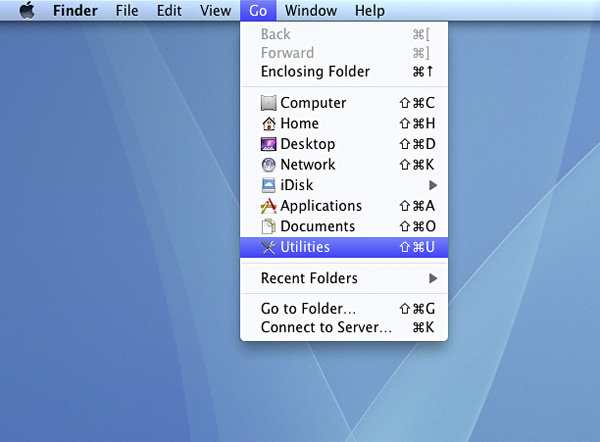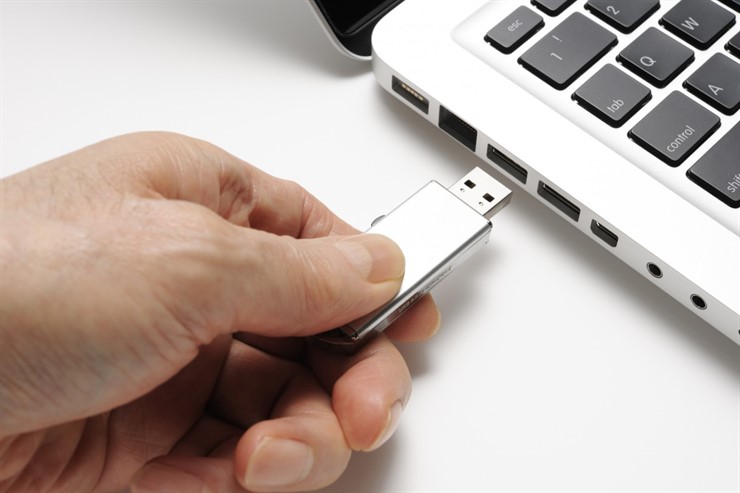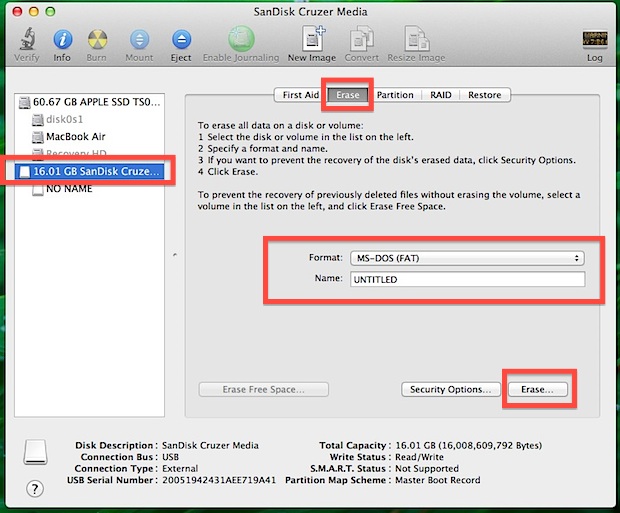If the drive was never used before and does not contain any valuable data then click on the Initialize button. Insert the flash drive then in the Finder press command-shift-period.

How To Safely Eject Usb From Mac To Avoid Disrupting Data
F3brew helps developers to infer how fake drives work.

. Select the USB drive option. Flash drives can hold any type of data making them an ideal way to back up your files. From the Apple menu in the corner of your screen choose About This Mac.
After a quick scan and deep scan all files will be presented in the left panel in the scan results. Installing Adobe Flash Player on your Mac is needed because Flash is not built into Safari. You can do it but youll need to use the Terminal.
3 Insert the Flash drive to Mac again and now check the files. At first the storage bar estimates the amount of used and available storage space. Great if that resolved the problem.
This should cause the Finder to show all invisible files. Another way to open the app is to use the Spotlight Search. 1 Launch Terminal and enter the command defaults write comapplefinder AppleShowAllFiles YES.
Then look at the flash drive and see if you find any previously-hidden folders containing your files. Due to that change I felt it worth running this hint as a. Begin choosing the blaze drive and snap Scan to give the product a chance to seek lost records on it.
Start selecting the flash drive and click Scan to let the software search lost files on it. Press simultaneously Command and Space bar keys and type Disk Utility in the search bar. Replace 2 with the disk number of your USB flash drive Step 3.
This will take a while to run but then you should get a list of files that are open and the apps that are using them. Hardware Mac Tech Ease. Select Preferences Command Go to the General tab and make sure the External disks item is selected.
Step 1 Install Adobe Flash Player from Adobes website. Effectively associate your USB streak drive to your Mac. At some point in OS Xs history it seems fstat vanished at least as an end-user program -- I cant find it on either my 104 or 105 partition except as a BSD system call in OS X 105 -- leaving the use of lsof as the preferred way of finding out whats keeping a disk image busy.
When it finishes calculating it shows segments representing several categories of files. Close the Preferences window. F3fix enables users to use the real capacity of fake drives without losing data.
F3probe f3fix and f3brew currently run only on Linux. Up to 168 cash back Step 1. Name the device if you wish.
Up to 168 cash back Find the disk number of your USB flash drive type. On the right side of the panel you will see an Erase tab. Select a name for the USB drive and click on the Erase tab located at the lower bottom of the screen.
When youre done press command-shift-period again to turn off display of hidden files. Diskutil eject disk 2 and press Return. Diskutil info disk2 and press Return.
Diskutil list and press ReturnWhen the USB disappear from the Terminal list close the window. Its both Mac and PC compatible so you can use it to transfer files between both Macs and PCs. Click the Manage button to open the storage management window.
Dispatch EaseUS Data Recovery Wizard for Mac. F3probe is the fastest way to identify fake drives and their real sizes. Back up the USB device before proceeding with this process.
Just 3 basic advances you can recoup lost records from the USB drive on Mac with this ground-breaking programming. Your USB flash drive should now be listed as a location in Finder and displayed as an icon on your Desktop. Correctly connect your USB flash drive to your Mac.
This will open the Disk Utility app. Lsof grep VolumesX Replace X with the name of your external drive. Make sure youve installed the app before moving forward with this methodStep 2 Open Safari.
Open Applications Utilities Disk Utility. Connect the USB device to your Mac or MacBook. Launch EaseUS Data Recovery Wizard for Mac.
Its at the top. What is a flash drive. Its the compass icon on the Dock which is usually at the bottom of the screenStep 3 Click the Safari menu.
But be sure to buy one with the right connection type either USB-A or. Go to the Sidebar tab and make sure the External disks location is selected. Select the drive and click Erase.
2 Press Return and relaunch the Finder. Use the following steps to use your Mac to format a USB drive to FAT32. A Flash Drive is a small self-powered drive that connects to a computer directly through a USB port.
Now choose a format option that is compatible with Mac OS. F3 is a simple tool that tests flashcards capacity and performance to see if they live up to claimed specifications.

How To Boot From Usb Windows Mac Linux

0 Comments